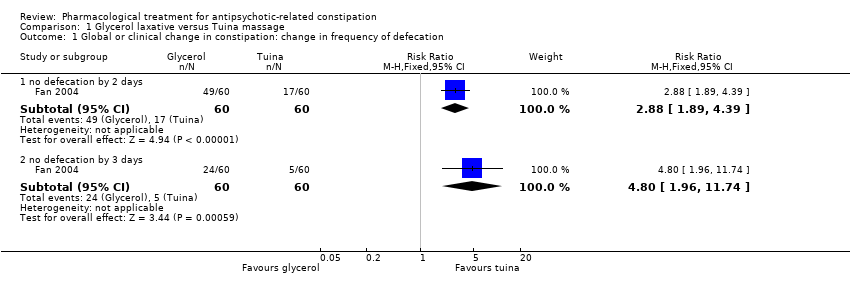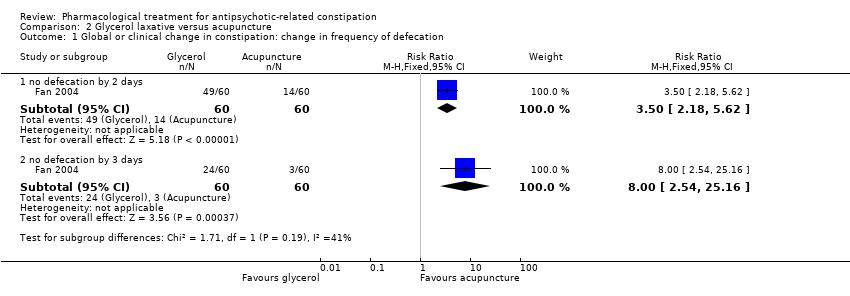Contenido relacionado
Revisiones y protocolos relacionados
Rebecca Syed, Katie Au, Caroline Cahill, Lorna Duggan, Yanling He, Victor Udu, Jun Xia | 16 julio 2008
Magdolna Tardy, Markus Dold, Rolf R Engel, Stefan Leucht | 1 septiembre 2014
Hosam E Matar, Muhammad Qutayba Almerie, Samer Makhoul, Jun Xia, Pamela Humphreys | 13 mayo 2014
Clive E Adams, Hanna Bergman, Claire B Irving, Stephen Lawrie | 15 noviembre 2013
Xiaohong Shen, Jun Xia, Clive E Adams | 20 octubre 2014
Morteza Zare, Azam Bazrafshan | 25 marzo 2017
Mark Fenton, John Rathbone, Joe Reilly | 18 julio 2007
Adriano Resende Lima, Karla Soares‐Weiser, Josué Bacaltchuk, Thomas RE Barnes | 25 octubre 1999
Magdolna Tardy, Maximilian Huhn, Rolf R Engel, Stefan Leucht | 3 agosto 2014
Kai Koch, Kamel Mansi, Euan Haynes, Clive E Adams, Stephanie Sampson, Vivek A Furtado | 11 enero 2014







